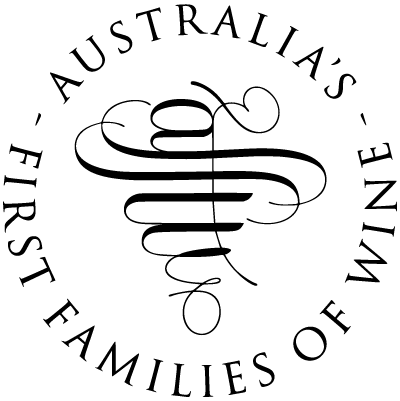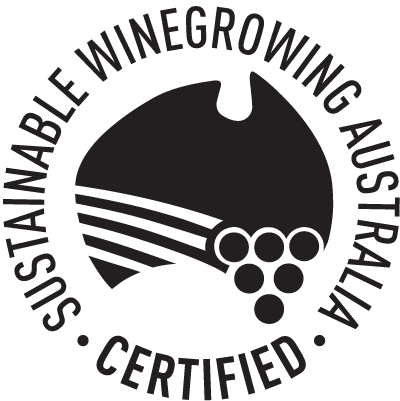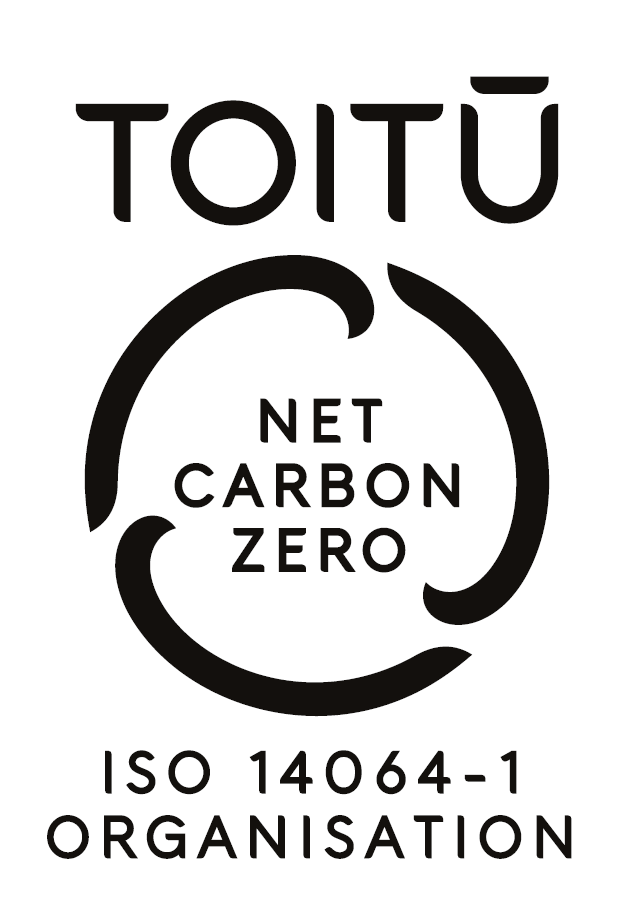_900.png)
NEWS | August 2025
Planting the Future: 1,500 Native Trees Expand Wildlife Corridors at Tahbilk Estate
From the Tahbilk Estate Team
This week at Tahbilk Estate, we proudly planted 1,500 native trees across the property, marking another milestone in our long-standing revegetation journey. The initiative is being led by our Head Gardener, Travis McCarty, and his dedicated garden team, and forms part of a broader landscape restoration program that began in 1995 and continues to evolve with every season.
These new trees are part of a larger vision: reconnecting the bushland, riverbanks and billabongs that define the ecology of Tahbilk. Spanning over 1,200 hectares along the Goulburn River and encompassing nationally significant wetlands, our Estate is home to a remarkable diversity of plant and animal life. We believe that by restoring and protecting these natural systems, we are also securing the future of our vines, our wines, and our shared environment.
“These plantings help create vital corridors through the property, allowing native animals to move more freely and safely,” says Travis McCarty. “It’s not just about planting trees—it’s about reconnecting a living landscape.”
A Legacy of Regeneration
Our revegetation work began nearly 30 years ago when we first set out to restore degraded land and bring back native vegetation across the Estate. Since then, we’ve rehabilitated over 160 hectares with carefully selected local species—gums, wattles, grasses and shrubs suited to the conditions of the Nagambie Lakes region. We ensure every planting serves a purpose: building habitat, connecting ecosystems, and improving soil, water and climate resilience.
“The vineyard is part of a much bigger picture,” says Jo Nash, General Manager of Tahbilk Estate. “We’re not just growing grapes—we’re caring for an entire landscape. When the bush is thriving, so is the vineyard.”
The benefits are wide-ranging. Native vegetation acts as a buffer against extreme heat and erosion, filters rainwater, provides shade and shelter, and supports a thriving ecosystem, from insects and birds to marsupials and reptiles. Many of these species are threatened or at risk due to habitat fragmentation. By linking remnant vegetation across our Estate, these nature corridors offer safe passage and new breeding grounds for wildlife.
Reconnecting the Land
The 1,500 trees planted this week were carefully positioned along creeklines, fencelines and gaps between existing vegetation—designed to create “green highways” across the Estate. From the wetlands to the vineyard edges, these corridors allow kangaroos, birds, frogs, gliders and even echidnas to roam across previously disconnected areas.
“We’ve already seen how effective these connections can be,” says Travis. “In areas we planted over the years, bird species have returned, wallabies are grazing, and the understory is buzzing with insect life. It’s incredibly rewarding to see.”
This work also plays a key role in our broader climate and sustainability goals. Revegetation helps sequester carbon, stabilise soil, enhance groundwater quality, and increase biodiversity—all while enriching the natural beauty of the Estate for generations to come.
“This is about looking ahead,” says Jo. “We’re not just maintaining the land—we’re improving it. For the wildlife that lives here, for the people who visit us, and for the families who will take over long after we’re gone.”
A Place for Nature and People
Our Wetlands & Wildlife Walks and Eco Trails invite visitors to explore these restored areas throughout the year, with boardwalks, bird hides, and immersive experiences that bring guests closer to the land. We regularly welcome groups of all kinds to visit, because this work is not only vital, it’s something to be shared.
Nature has always been a part of the Tahbilk story. In fact, the name tabilk-tabilk comes from the Taungurung language, meaning “place of many waterholes”—a reminder that this landscape has long supported life, and will continue to do so if we care for it.
“We’re proud of our legacy here,” says Jo. “And we’re proud to be planting for the future—one tree, one corridor, one connection at a time.”



